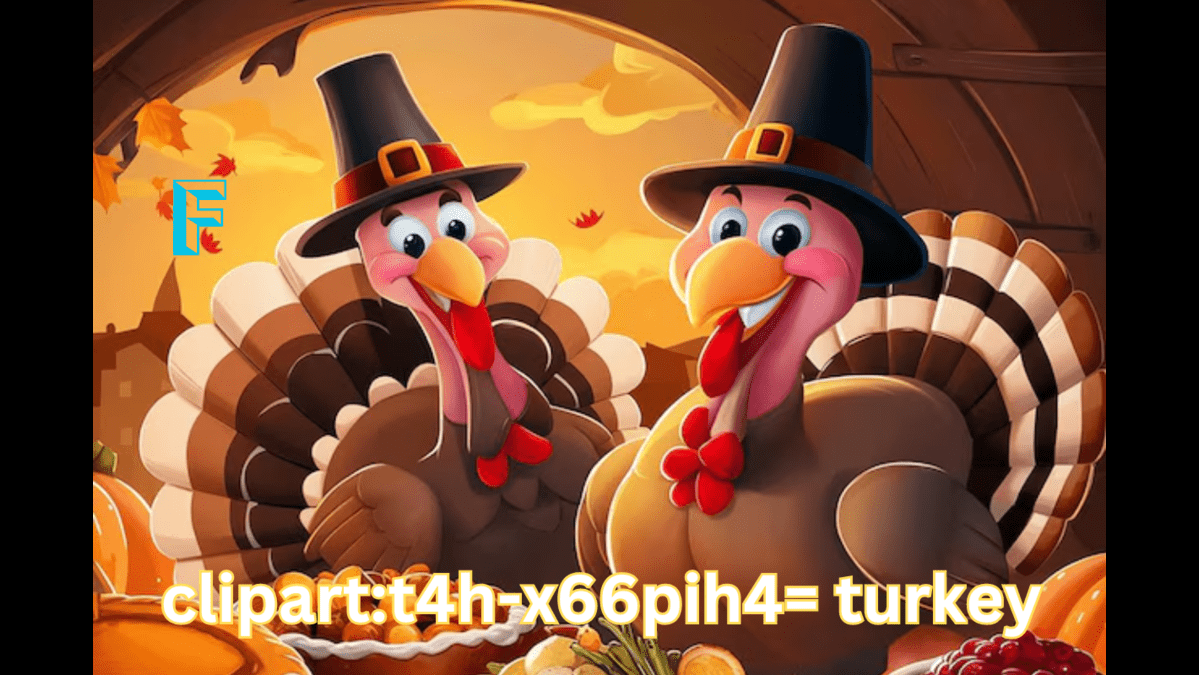clipart:t4h-x66pih4= turkey Introduction
clipart:t4h-x66pih4= turkey, a term that might evoke memories of early 2000s Microsoft Office, has come a long way since its inception. Today, clipart is an essential tool for designers, marketers, and artists alike. And when it comes to Turkey, a country rich in culture and history, its clipart scene is a treasure trove waiting to be explored. In this article, we’ll delve into the world of Turkish clipart, exploring its significance, cultural influences, design trends, and the impact of technology on this vibrant art form.
The History of clipart:t4h-x66pih4= turkey in Turkey
clipart:t4h-x66pih4= turkey in Turkey has its roots in the country’s vibrant art scene, which dates back to the Ottoman Empire. During this time, intricate calligraphy, geometric patterns, and ornate illustrations were hallmarks of Turkish art. With the advent of digital technology, these traditional art forms evolved into digital clipart, allowing artists to share their work with a global audience. Today, Turkish clipart is a fusion of traditional and modern styles, reflecting the country’s unique cultural heritage.
Turkish clipart has been influenced by various art movements, including Ottoman miniature painting, Turkish folk art, and Islamic calligraphy. These styles have been adapted and reinterpreted in digital form, resulting in a distinct visual language that is both nostalgic and contemporary. Turkish designers have also been inspired by international art movements, incorporating elements of modernism, surrealism, and abstract expressionism into their clipart designs.
Cultural Significance of clipart:t4h-x66pih4= turkey in Turkey
Clipart in Turkey is not just a design element; it’s a cultural ambassador, showcasing the country’s rich heritage to the world. Turkish clipart often features motifs and symbols that hold deep cultural significance, such as the evil eye, the Turkish flag, and the crescent moon. These symbols are woven into intricate designs, telling stories of Turkish history, mythology, and folklore.
Turkish clipart has also become an important tool for cultural preservation, allowing artists to share their cultural heritage with future generations. By digitizing traditional art forms, Turkish designers are ensuring that their cultural legacy endures, even as the world becomes increasingly digital. Moreover, Turkish clipart has become a symbol of national pride, representing the country’s unique identity and creative spirit.
Turkish clipart is a melting pot of styles, reflecting the country’s cultural diversity and artistic heritage. Some of the most popular design trends in Turkish include:
- Ottoman Revival: A modern take on traditional Ottoman art, characterized by intricate calligraphy, geometric patterns, and ornate illustrations.
- Folkloric Fusion: A blend of traditional Turkish folk art and modern design elements, resulting in vibrant, playful, and eclectic designs.
- Istanbul Chic: A sleek, modern aesthetic inspired by the city’s cosmopolitan vibe, featuring minimalist designs, bold typography, and abstract shapes.
- Anatolian Dreamscapes: A style that captures the essence of Turkey’s vast landscapes, featuring natural motifs, earthy tones, and whimsical illustrations.
- Digital Souk: A modern interpretation of traditional Turkish markets, featuring colorful, bustling designs that evoke the sights and sounds of Istanbul’s famous bazaars.
Turkish clipart:t4h-x66pih4= turkey designers are also experimenting with new techniques, such as 3D modeling, animation, and augmented reality. These innovations have opened up new possibilities for clipart, allowing designers to create immersive, interactive, and engaging experiences.
The Impact of Technology on Turkish clipart:t4h-x66pih4= turkey
The rise of digital technology has revolutionized the world of Turkish clipart:t4h-x66pih4= turkey, providing designers with new tools and platforms to showcase their work. Social media, online marketplaces, and design communities have made it possible for Turkish designers to share their clipart with a global audience, receiving feedback, inspiration, and support from fellow designers and art enthusiasts.
Moreover, technology has enabled Turkish designers to push the boundaries of clipart, incorporating new elements such as motion graphics, interactive designs, and virtual reality experiences. This has opened up new opportunities for Turkish clipart, allowing it to be used in a variety of contexts, from advertising and marketing to education and entertainment.
Challenges and Opportunities in Turkish Clipart
Despite its rich cultural heritage and vibrant design scene, Turkish clipart faces several challenges. One of the main challenges is the need for more recognition and support for Turkish designers, who often struggle to receive fair compensation for their work. Additionally, the rise of AI-generated clipart has raised concerns about the future of traditional design and the need for human creativity in the digital age.
However, these challenges also present opportunities for Turkish clipart to evolve and adapt. By embracing new technologies and innovations, Turkish designers can continue to push the boundaries of clipart:t4h-x66pih4= turkey, creating new and exciting designs that showcase the country’s unique cultural heritage.
Conclusion
Turkish clipart is a fascinating world that offers a glimpse into the country’s rich cultural heritage and artistic traditions. From its historical roots to its modern design trends, Turkish clipart is a testament to the country’s creative spirit and cultural diversity. Whether you’re a designer, artist, or simply a lover of Turkish culture, exploring the world of Turkish clipart is a journey worth taking.
